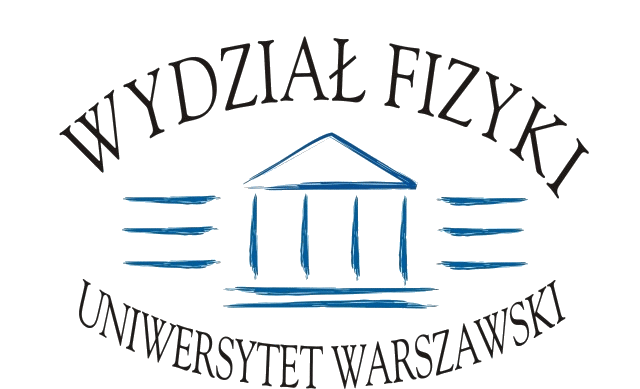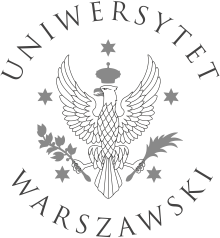Leopold Infeld Colloquium
2006/2007 | 2007/2008 | 2008/2009 | 2009/2010 | 2010/2011 | 2011/2012 | 2012/2013 | 2013/2014 | 2014/2015 | 2015/2016 | 2016/2017 | 2017/2018
2017-10-26 (Thursday)
Prof. dr Maria Daghofer (University of Stuttgart)
Correlations and topology in multi-orbital system
Electronic correlations have long been known to fundamentally affect a material's property. I will discuss situations, where they can induce topologically nontrivial electronic states. Interaction between itinerant carriers and localized spins on frustrated lattices can stabilize phases that are in many respects similar to a Landau level. If the bands are nearly flat, longer-range Coulomb repulsion can then induce states that are like lattice-analogs of fractional Quantum-Hall states, but do not require an external magnetic field. I will also discuss Mott insulators with spin-orbit coupling, effectively modeled with classical spins. The ground state has turned out to support a vortex lattice of topological defects, Z 2 vortices, whose density is determined by the strength of the spin-orbit coupling.
2017-10-12 (Thursday)
Dr hab. Rafał Demkowicz-Dobrzański (Instytut Fizyki Teoretycznej Wydziału Fizyki UW)
Ultraprecise measurements in the era of quantum information
In recent years, there is a growing interest in employing ideas andexperimental techniques most commonly associated with quantuminformation processing applications, such as quantum computing orquantum communication, to improve sensitivity of metrologicalprotocols. Advantages of utilizing squeezed states of light havealready been demonstrated in gravitational wave detectors, quantumion manipulation techniques, developed with quantum computingapplications in mind, have been employed in the so called quantumlogic spectroscopy, while NV centers have been used to performmagnetic field sensing with sensitivity enhanced thanks to the useof quantum error-correction techniques. The talk will discuss theserecent experimental advances as well as provide theoreticalfoundations laying behind them.






